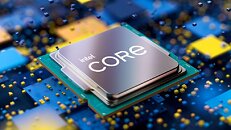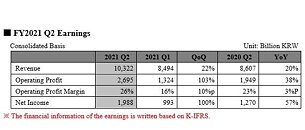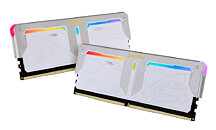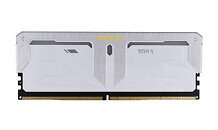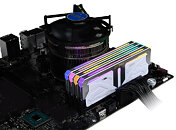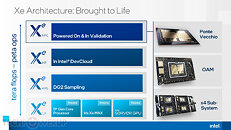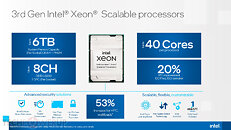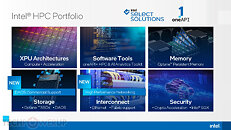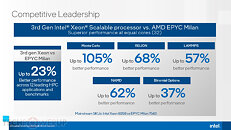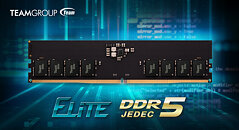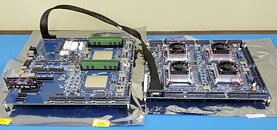
TEAMGROUP Announces Industrial Wide Temperature DDR5 UDIMM and SODIMM
As a global memory leader with a long-term focus on industrial applications, TEAMGROUP has recognized the tremendous processing needs of the HPC market. To meet the demand for industrial memory can handle sustained high-speed data transmission with low latency, TEAMGROUP has utilized the in-house developed and patent-protected TRUST+ wide temperature technology to provide customers with high stability, durability and wide temperature industrial memory.
Applications for the first DDR5 UDIMM and SODIMM industrial wide temperature memory products include usage in edge computing, Internet of Vehicles, servers, AI, and embedded systems. In response to the stringent demands of efficient computing in the industrial control market, TEAMGROUP has been ready to launch the standard temperature DDR5 IST (TC: 0~85℃) memory series and the wide temperature DDR5 IWT (TA: -40~85℃) memory series. The latter features exclusive "Graphene-coated copper heatsink Technology" (U.S. Utility Patent US 11,051,392 B2), which helps maintain a case temperature (TC) of 85~86℃ under an ambient temperature (TA) of 85℃, ensuring low-latency high-speed computing. Without the heatsink, case temperatures (TC) can reach up to 89~90℃ or more, impairing the high performance of DDR5 and significantly reducing the life span of ICs.
Applications for the first DDR5 UDIMM and SODIMM industrial wide temperature memory products include usage in edge computing, Internet of Vehicles, servers, AI, and embedded systems. In response to the stringent demands of efficient computing in the industrial control market, TEAMGROUP has been ready to launch the standard temperature DDR5 IST (TC: 0~85℃) memory series and the wide temperature DDR5 IWT (TA: -40~85℃) memory series. The latter features exclusive "Graphene-coated copper heatsink Technology" (U.S. Utility Patent US 11,051,392 B2), which helps maintain a case temperature (TC) of 85~86℃ under an ambient temperature (TA) of 85℃, ensuring low-latency high-speed computing. Without the heatsink, case temperatures (TC) can reach up to 89~90℃ or more, impairing the high performance of DDR5 and significantly reducing the life span of ICs.






